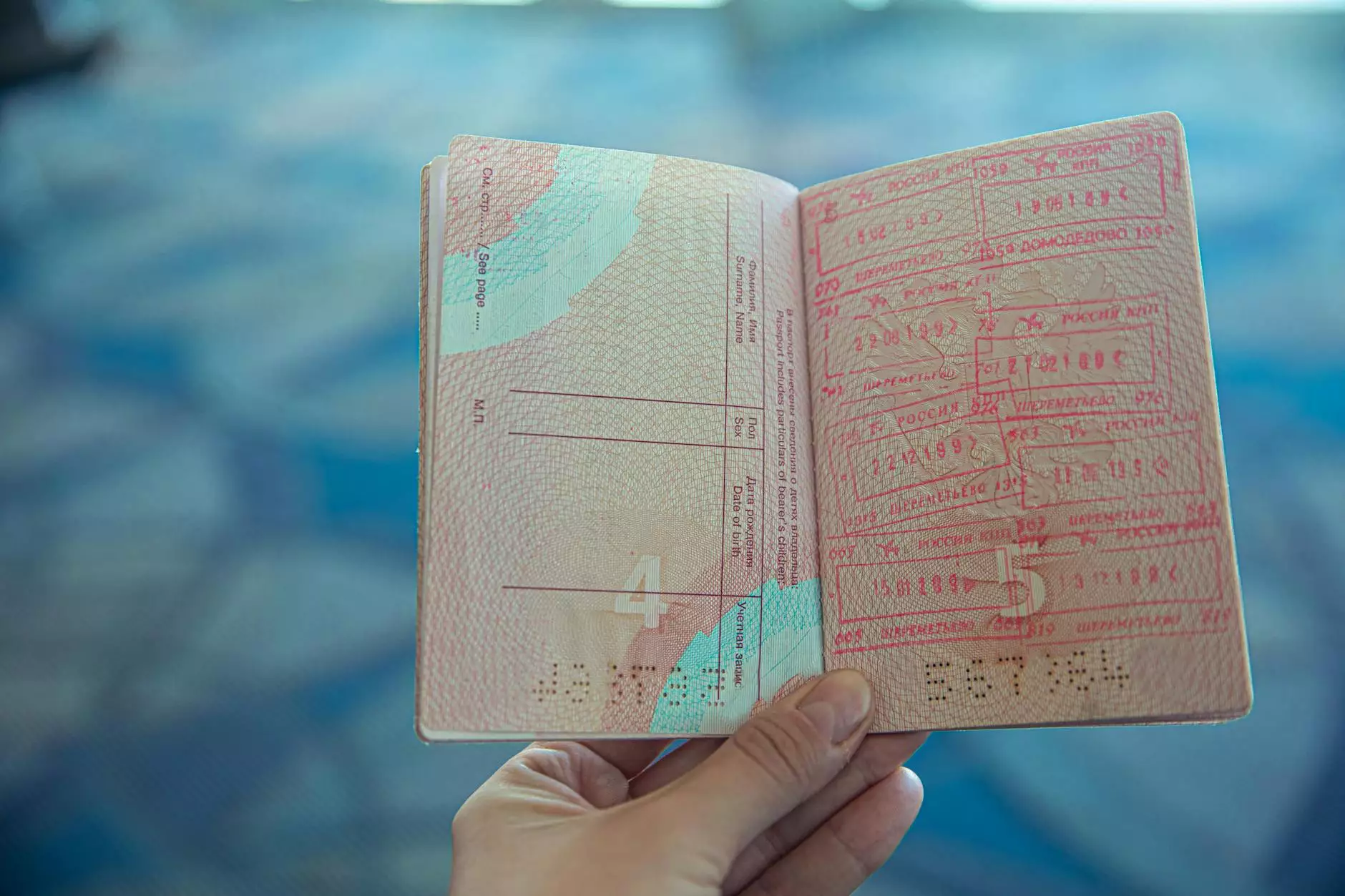Ultimate Guide: How to Store Semaglutide Vial for Optimal Effectiveness

Proper storage of medications is critical for maintaining their potency, safety, and effectiveness—especially for specialized drugs like semaglutide. As a widely used medication in the fields of nutrition and pharmacy, semaglutide plays a significant role in managing conditions such as type 2 diabetes and obesity. To maximize the benefits of this medication, understanding how to store semaglutide vial correctly is essential for patients, healthcare providers, and pharmacists alike.
Understanding Semaglutide: What You Need to Know
Semaglutide is a glucagon-like peptide-1 (GLP-1) receptor agonist, which helps regulate blood sugar levels and reduce appetite. It is typically administered via subcutaneous injection, often from a pre-filled vial or pen device. Given its biological activity, improper storage can lead to reduced efficacy, potential contamination, or spoilage. Thus, knowing the best practices for storage is vital for ensuring treatment success.
Recommended Storage Conditions for Semaglutide Vials
The stability and integrity of semaglutide rely heavily on prompt and proper storage. According to manufacturing guidelines and healthcare standards, the following conditions are recommended:
- Temperature: Store the vial refrigerated between 2°C to 8°C (36°F to 46°F). Avoid freezing the medication, as this can destroy its structure.
- Protection from Light: Keep the vial in its original packaging or an opaque container to prevent exposure to light, which can degrade the peptide.
- Avoid Temperature Fluctuations: Do not store the medication in places prone to temperature swings, such as near radiators or in direct sunlight.
- Room Temperature Use: Once the vial is in use, it can be kept at room temperature (up to 25°C or 77°F), but only for a limited period (typically up to 28 days), before discarding.
- Avoid Contamination: Always store the vial sealed and with clean hands. Reuse of needles or vials from unsterile environments is strictly discouraged.
How to Properly Store and Handle Semaglutide Vials
Handling and storage are intertwined processes that determine medication stability. Here are detailed instructions:
- Initial Storage: Upon receiving the semaglutide vial, immediately place it in the refrigerator at 2°C to 8°C, keeping it away from the fridge door to avoid temperature fluctuations caused by frequent opening.
- Transporting the Medication: If you need to carry the vial, keep it in a cool environment, ideally in a thermal bag, and avoid direct sunlight or heat exposure.
- Preparing for Injection: Remove the vial from the refrigerator about 30 minutes before administration to allow it to reach room temperature, which may help reduce discomfort during injection.
- Using the Medication: Use the medication within the period specified by your healthcare provider, usually within 28 days at room temperature if it has been stored properly in the refrigerator beforehand.
- Discarding Expired or Unused Medication: Do not use the vial past its expiration date nor after the storage period at room temperature. Dispose of it properly according to local medical waste regulations.
Signs of Compromised Semaglutide Vials and When to Discard
Even with proper storage, it’s important to recognize signs that semaglutide may have been compromised:
- Cloudiness or Particulates: Any cloudiness, color change, or particles in the solution indicates contamination or degradation.
- Discoloration or Change in Appearance: Discoloration or unusual appearance warns against use.
- Unusual Odor: A foul or unexpected smell can suggest contamination.
- Broken or Damaged Container: Any cracks, leaks, or broken stoppers compromise sterility and should result in disposal.
The Role of Pharmacists in Ensuring Proper Storage
Licensed pharmacists specializing in pharmacy play a crucial role in educating patients about how to store semaglutide correctly. They provide essential guidance, including verifying storage conditions when dispensing medication, offering tips on travel storage, and clarifying expiration and disposal procedures. For nutritionists and other healthcare professionals, understanding storage nuances helps reinforce patient adherence and promote optimal treatment outcomes.
Additional Tips for Maintaining the Effectiveness of Semaglutide
Aside from diligent storage, consider these practices:
- Use Fresh Needles: Always use a new, sterile needle for each injection to prevent contamination.
- Maintain Cleanliness: Wash hands thoroughly before handling medication or preparing injections.
- Follow Label Instructions: Adhere strictly to instructions regarding dosage and administration times.
- Keep a Storage Log: Document storage conditions, expiration dates, and usage to ensure compliance and safety.
The Importance of Compliance and Professional Guidance
Proper storage and handling of semaglutide underscore the importance of compliance with healthcare guidance. Always consult your healthcare provider or pharmacist if you have doubts regarding the storage duration, conditions, or signs of deterioration. They can provide tailored advice suited to your specific situation and ensure your therapy remains effective.
Conclusion: Ensuring Long-Term Medication Efficacy Through Proper Storage
In summary, how to store semaglutide vial correctly is a cornerstone for maintaining medication safety, potency, and therapeutic effectiveness. The key takeaways include maintaining refrigerated storage at 2°C to 8°C, protecting vials from light, avoiding temperature fluctuations, and being vigilant about signs of spoilage. Proper handling, regular checks, and adherence to healthcare advice will optimize your treatment outcomes and promote health and well-being.
Remember, an informed patient is a proactive patient. Prioritize meticulous storage practices and consult healthcare professionals for personalized guidance, ensuring that your journey with semaglutide remains safe and effective.









